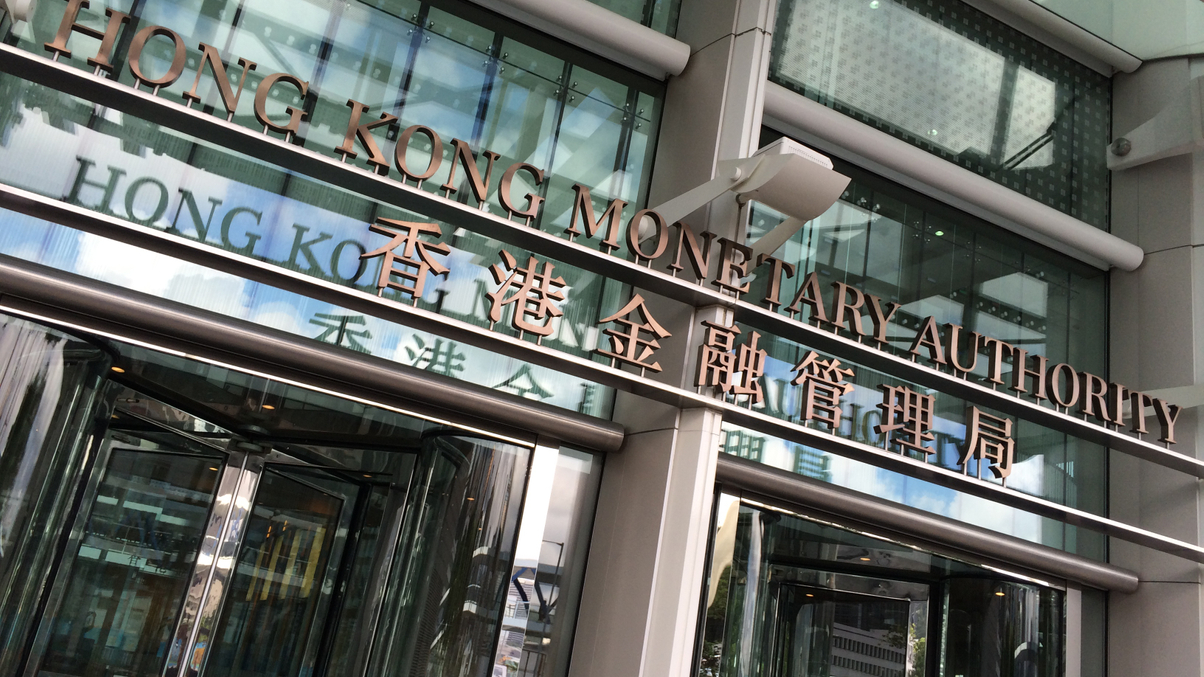How HKMA will manage HK’s new annuity investments
The central bank opened its HK$10 billion life annuity scheme for registration today, and will use several of its divisions to invest the premiums and manage the risks they incur.

The Hong Kong Monetary Authority’s (HKMA) Exchange Fund will receive asset inflows from the territory’s new annuity scheme, but these funds are set to be linked to the investment approach of the Future Fund and kept separate from its own assets, the de-facto central bank told AsianInvestor.
Sign in to read on!
Registered users get 2 free articles in 30 days.
Subscribers have full unlimited access to AsianInvestor
Not signed up? New users get 2 free articles per month, plus a 7-day unlimited free trial.
¬ Haymarket Media Limited. All rights reserved.


